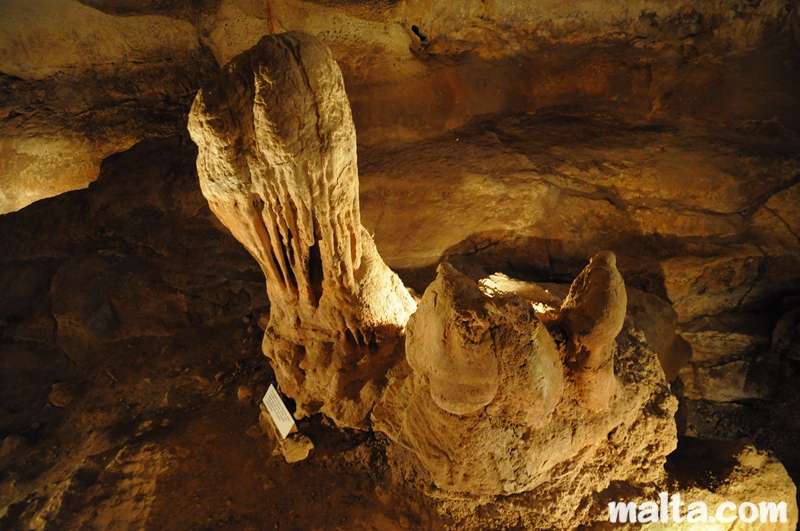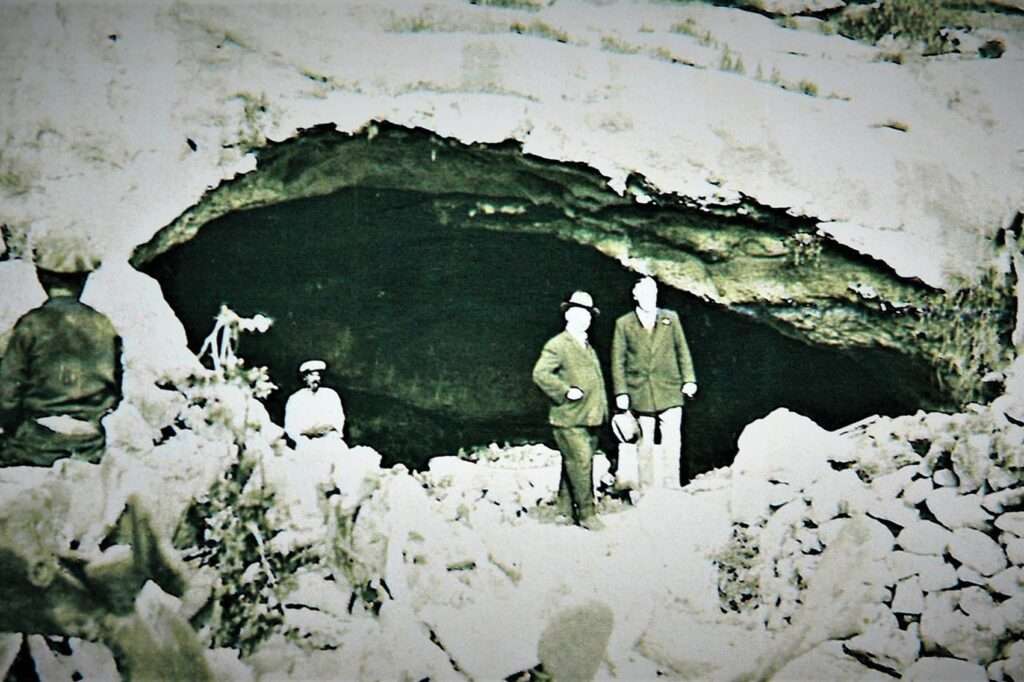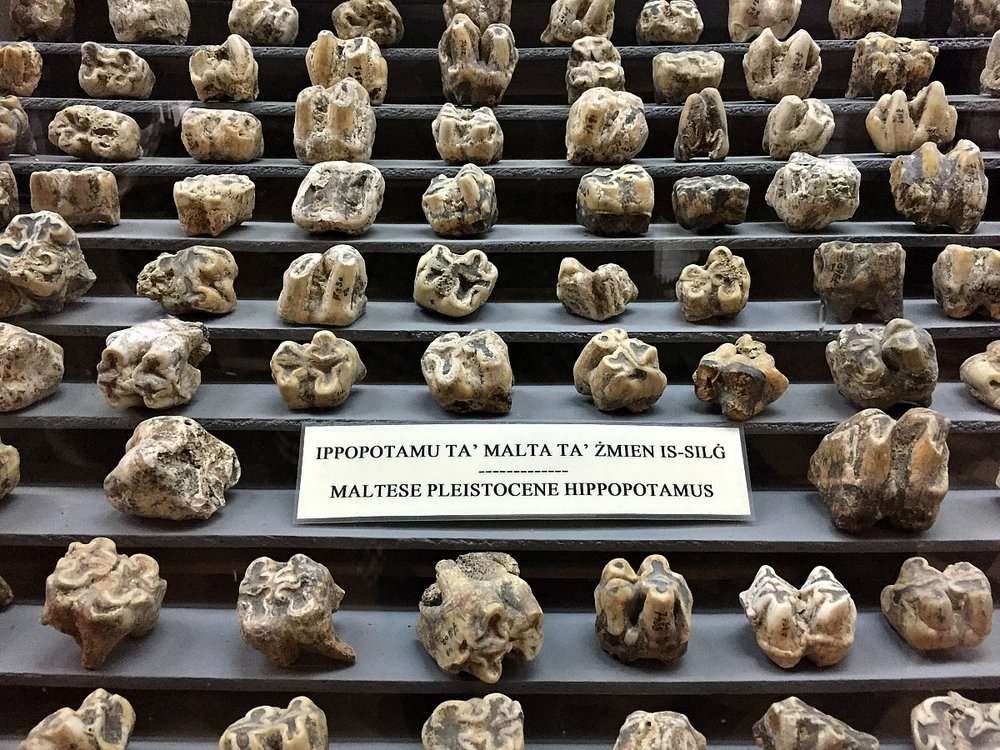Table of Contents
ToggleGhar Dalam: Exploring Malta’s Prehistoric Treasure
Hidden in the quiet town of Birzebbuga in southern Malta lies one of the island’s most fascinating archaeological and natural wonders: Ghar Dalam. This prehistoric cave, whose name translates to “Cave of Darkness” in Maltese, is far more than just a cavern. It is a time capsule, preserving within its layers the story of Malta’s earliest human settlers and the animals that once roamed the island thousands of years ago. For travelers seeking a deeper understanding of Malta’s ancient past beyond its beautiful beaches and lively towns, Ghar Dalam is a destination that blends history, geology, and archaeology in one remarkable site.
A Journey Back in Time
Stepping into Ghar Dalam feels like traveling back through millennia. The cave stretches for about 145 meters, although visitors can explore roughly the first 50 meters. What makes it extraordinary are the layers of sediment within the cave walls. These layers hold fossils, bones, and artifacts that together create a timeline of Malta’s distant past, dating back over 500,000 years.
Excavations in the 19th and 20th centuries revealed a treasure trove of prehistoric animal remains. Among the most notable are dwarf elephants, hippopotamuses, and giant swans. These species once lived on the Maltese Islands during the Ice Age, when Malta was connected to mainland Europe via land bridges. As sea levels rose, these animals became isolated, and many species eventually shrank in size due to limited resources—a fascinating example of island dwarfism.
The bones and fossils found here are not just random discoveries; they are meticulously layered, with each stratum representing a different period in natural history. Walking along the cave, visitors can see the way archaeologists have carefully marked these layers, turning the walls into a textbook of Earth’s history.

Malta’s First Inhabitants
While Ghar Dalam is famous for its Ice Age animals, it is equally significant for its human history. Archaeologists discovered pottery shards and tools dating back to around 7,400 years ago, making this site the earliest evidence of human settlement on the Maltese Islands.
These Neolithic settlers are believed to have arrived from Sicily, bringing with them rudimentary farming techniques, livestock, and a new way of life. They sought shelter in and around the cave, which provided a safe haven as they began to establish their communities. This marked the beginning of Malta’s long and rich prehistory, which would later give rise to the awe-inspiring megalithic temples scattered across the islands.
The discovery of these artifacts at Ghar Dalam gives visitors a unique glimpse into the resilience and resourcefulness of Malta’s first inhabitants, who transformed a barren landscape into a thriving home.

The Cave Museum
Before entering the cave itself, visitors can explore the Ghar Dalam Museum, which offers an excellent introduction to the site. Opened in 1933, the museum houses a vast collection of fossils, bones, and artifacts unearthed from the cave. One of its most captivating displays is the skeleton of a dwarf elephant, a reminder of the extraordinary creatures that once walked on Maltese soil.
Other exhibits include hippopotamus bones, Neolithic pottery, and detailed explanations of the cave’s sediment layers. The museum does a wonderful job of contextualizing the discoveries, making it easier for visitors to appreciate what they are about to see inside the cave.

Exploring the Cave
Inside Ghar Dalam, the atmosphere is both eerie and enchanting. The cave is dimly lit, with carefully placed lights highlighting the rock formations and excavation sites. Stalactites hang delicately from the ceiling, while the floor is uneven, shaped by thousands of years of natural processes.
Walking along the designated path, visitors can observe the cross-section of sediments, each telling a story of a different epoch. The oldest layers, found at the deepest levels, are rich with fossilized remains of Ice Age animals. Moving upward, the layers gradually reveal the arrival of humans and their artifacts.
The interplay between natural history and human history inside this cave is what makes Ghar Dalam so unique. It is not just a prehistoric site; it is a narrative of survival, adaptation, and change.
The Significance of Ghar Dalam
Ghar Dalam holds a special place in Malta’s heritage. It is the site where Maltese prehistory was first brought to light, and it continues to be a vital resource for researchers studying the island’s past. Its discoveries link Malta to the broader story of human migration across Europe and the Mediterranean.
For visitors, the site offers more than just historical knowledge—it provides perspective. Standing in the cave, surrounded by bones of animals that lived half a million years ago, one cannot help but reflect on the passage of time and humanity’s small but significant place within it.
Visiting Information
Ghar Dalam is located just outside the fishing town of Birzebbuga, making it easy to reach from Valletta or other parts of the island. The site is managed by Heritage Malta, which ensures that the cave and museum are well-preserved and accessible to the public. Guided tours are available and highly recommended, as they bring the cave’s history to life with engaging storytelling.
The cave is suitable for all ages, though the dim lighting and uneven ground may require caution. Photography is allowed, and visitors are encouraged to take their time exploring both the museum and the cave.
Ghar Dalam is more than just a cave—it is a journey through time. From the fossils of long-extinct Ice Age creatures to the tools of Malta’s earliest farmers, it encapsulates the island’s unique story of nature and humanity intertwined. Whether you are a history enthusiast, a nature lover, or simply a curious traveler, a visit to Ghar Dalam is an unforgettable experience that deepens your appreciation for Malta’s ancient past.



